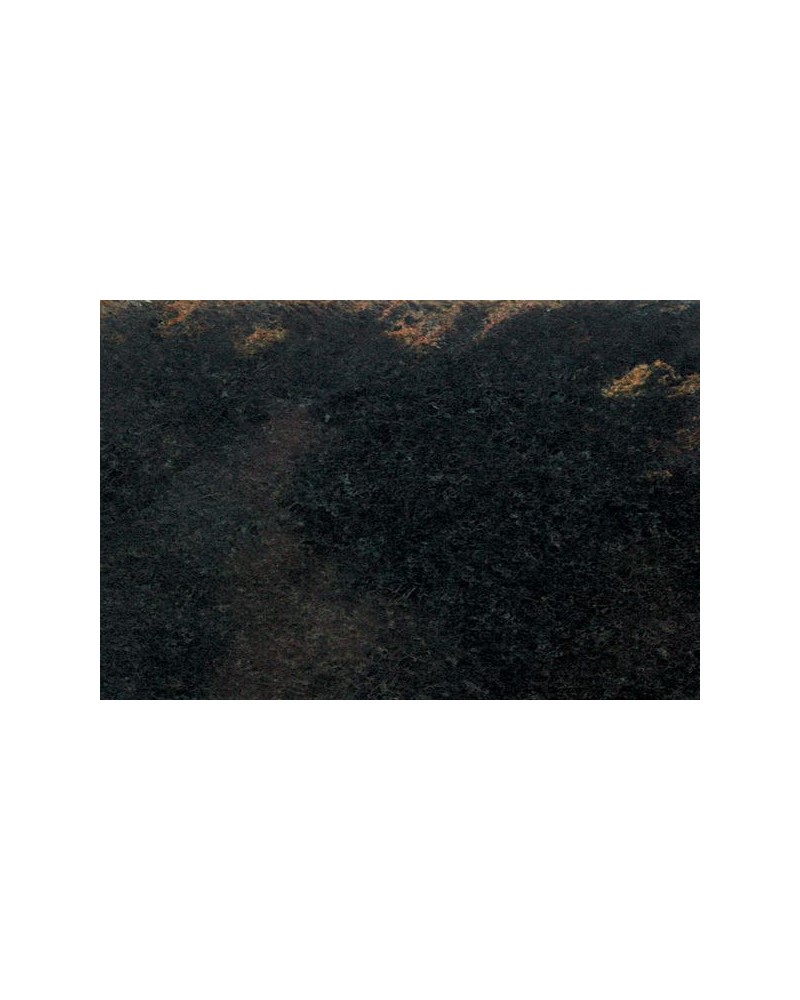
serpentine Spring Stone
All prices incl. VAT, plus shipping costs.
For deliveries to countries other than Germany
the final prices may change in the checkout.
MORE INFO
We deliver fast - Postage free from 150 € (DE) - 60 days right of return - mail@bildhau.de - Tel.: +49 (0)221-99874700


All prices incl. VAT, plus shipping costs.
For deliveries to countries other than Germany
the final prices may change in the checkout.
MORE INFO
Dieser dunkle Serpentin ist etwas härter, homogen und nahezu ohne Risse. Oft ist er mit einer weichen braunen Schale versehen. Der Spring Stone ist leicht zu meißeln.
TECHNISCHE ANGABEN
| Herkunft | Simbabwe |
| Härtegrad Mohs | 3 - 3,5 |
| Aussehen | dunkelgrau |
| Struktur | homogen, nahezu keine Risse |
| Dichte | 2,9 - 3,0 kg/dm³ |
BEARBEITUNG
Serpentin lässt sich sehr gut mit Schmiedestahlmeißeln wie Spitzeisen, Zahneisen, Flach- und Schrifteisen bearbeiten. Auch Raspeln und Feilen können zum Einsatz kommen. Härterer Serpentin oder Serpentin mit Quarzeinschlüssen sind gut mit Hartmetallmeißeln und Diamantraspeln zu bearbeiten.
Skulpturen aus Serpentin eignen sich vor allem zur Aufstellung in Innenräumen.
WEITERE INFOS
Bei bildhau vertreiben wir Serpentinsteine aus Simbabwe. Die meisten Serpentinsteine werden dort am Rande des „Great Dyke“ gebrochen, einem rund 550 km langen und 4 bis 11 Kilometer breiten Magmatit-Körper, der reich an Mineralien und Erzen ist. Der von bildhau in Simbabwe bezogene Serpentin wird in Kooperation mit der Bevölkerung fair abgebaut und gehandelt.
Die Bezeichnung Spring Stone sollen Künstler in Simbabwe diesem Serpentin gegeben haben: Der Spring Stone ist im Vergleich zu anderen Serpentinsteinen so fest und dicht, dass der Meißel ersteinmal zurückspringt, wenn man den Stein schlagen will.
Die Bezeichnung Serpentin für den Stein ist nicht ganz korrekt, bei dem Gestein handelt es sich eigentlich um Serpentinit. Serpentinite haben sich aus Serpentin-Mineralien (z.B. Lizardit, Antigorit, Chrysotil) gebildet. Zum Teil enthalten sie auch andere Mineralien wie Olivin, pyropreichen Granat, Bronzit oder diopsidreichen Pyroxen, aus denen sich die Serpentin-Minerale ursprünglich gebildet haben. Eine Rotfärbung wird durch Hämatit (Eisenoxid) hervorgerufen. Oft enthalten Serpentinite auch Magnetit. Bei Serpentinit handelt es sich um metamorphe Gesteine, die sich u.a. durch hohen Druck und Temperaturen auf dem (ehemaligen) Meeresboden gebildet haben.
GROSSE SERPENTINE
Wir haben neben den auswählbaren Größen noch einige schwerere Exemplare zwischen 30 und 50 kg. Bei Interesse melden Sie sich gerne telefonisch bei uns!
Hier finden Sie interessante Informationen zum Berechnen des Gewichtes eines Bildhauersteines.